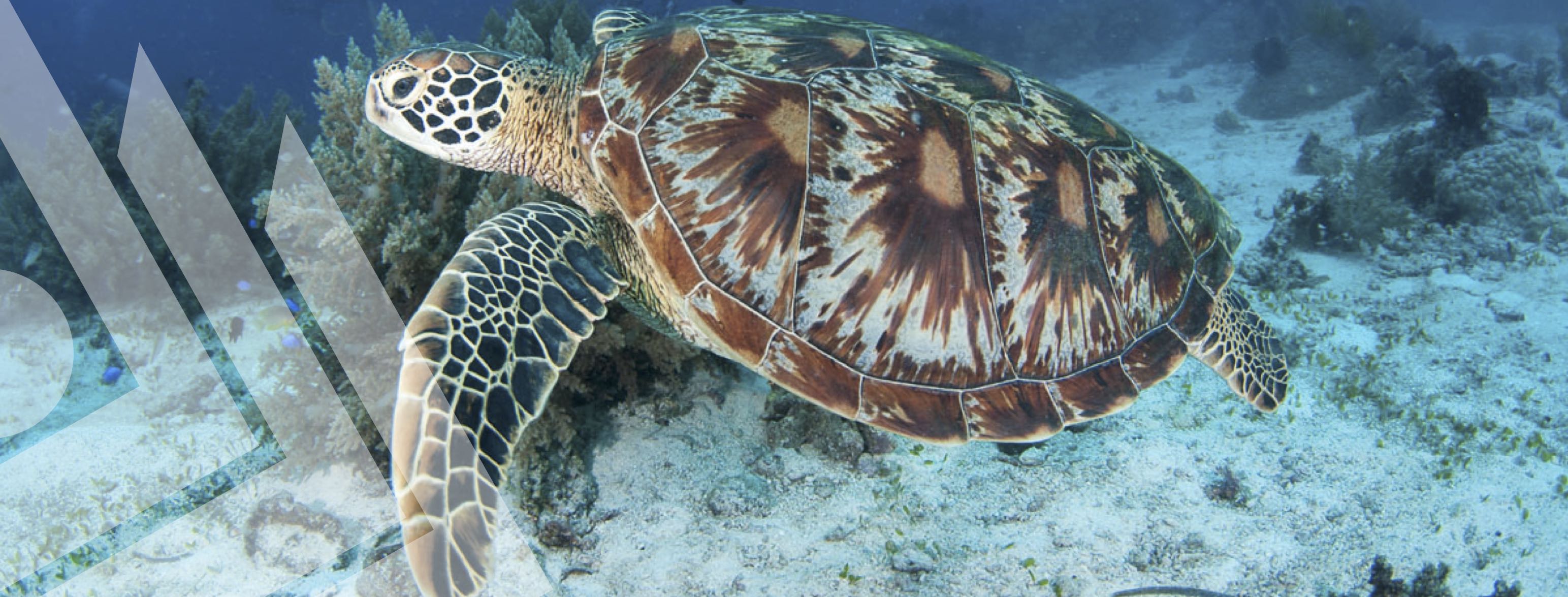The underwater ecosystem is the epicenter of marine biodiversity.
With more than 7600 islands, the Philippines can legitimately be called Asia’s beach capital. A tropical climate, warm water, vast coral reefs and mind-blowingly beautiful flora and fauna make this country a true scuba diver’s paradise. With more than 1200 marine life species, and more likely waiting to be discovered, the underwater ecosystem is the epicenter of marine biodiversity. At some resorts, shore diving on the house reef is popular, but divers can also hop on a day boat or live aboard to access the sheer reef walls and atolls offshore. You can find almost every underwater adventure and experience here, including interactions with dugongs or spying the skittish scythe-tail thresher shark. With a rich WWII history, wreck diving is the focus of areas such as Coron, off Palawan and Subic Bay. Topside, you’ll feel truly welcome as the Filipinos warmly embrace visitors and are generally very friendly and relaxed.
Visibility
Depending on the location and the weather, visibility can range from 5-45 metres/15-150 feet.
Water Temperature
Nice warm water, varying between 23-30°C/73-86°F depending on the area and season.
Weather
You can dive year-round in the Philippines, but there are three distinct seasons that affect dive conditions. December through March is the northeast monsoon that can bring strong winds. April through June is usually dry with warm days and little wind. July through November is the southwest monsoon, which is wet but the water is warm. Air temperatures average 25-32°C/78-90°F with high relative humidity.
Featured Creatures
The Philippines is a great place to see scorpionfish, emperor, barracuda, Moorish idol, flute mouth, tuna, batfish and trevally. Some of the more unusual creatures spotted also include pygmy sea horses, parrotfish, lionfish, triggerfish, unicorn fish, trumpet fish, wrasse, mantis shrimp, squid, and octopus. Bigger animals also get into the picture with eagle rays, devil rays, manta rays and sharks, including thresher sharks and hammerhead sharks.
Recommended Courses
Take the AWARE – Coral Reef Conservation, AWARE – Fish Identification and PADI Digital Underwater Photographer courses to understand and to capture the beauty of the marine life. With walls, currents and wrecks, it’s a good idea to take the PADI Deep Diver, Drift Diver and Wreck Diver courses. Technical diving on the deep wrecks requires special training, look into PADI TecRec courses, including the PADI Rebreather Diver course, if interested.





